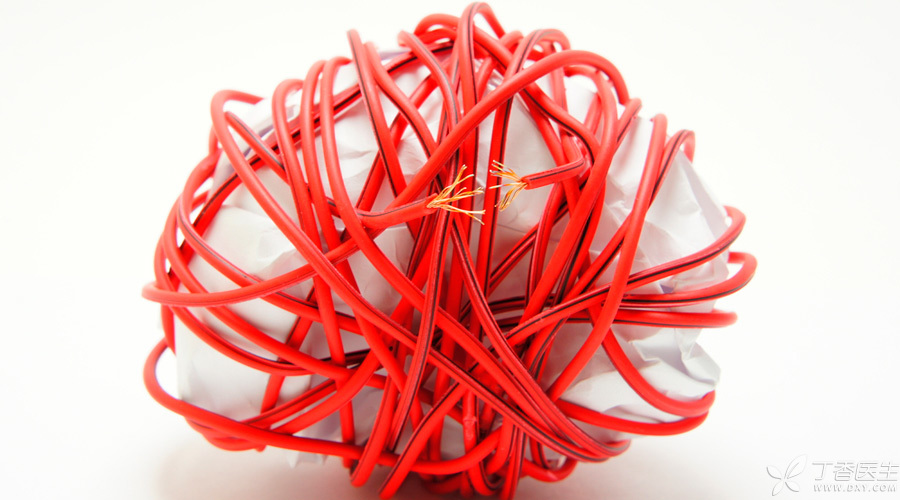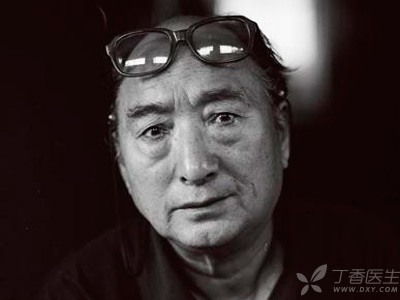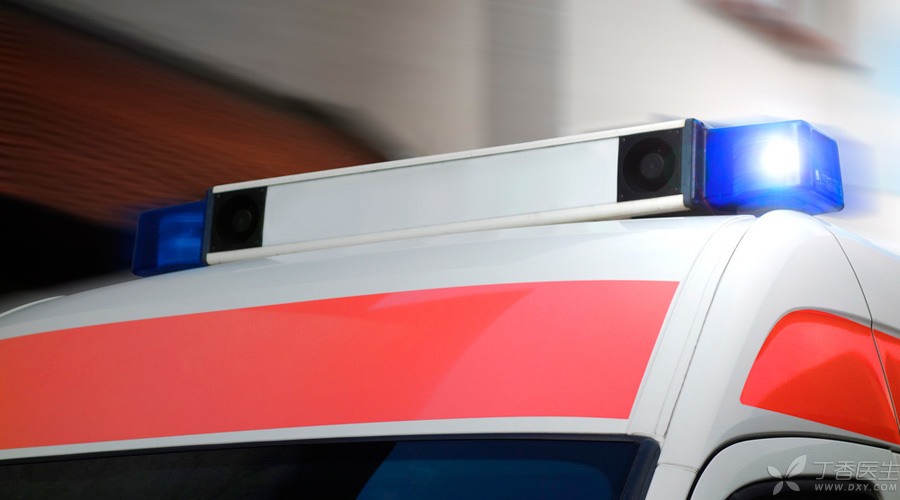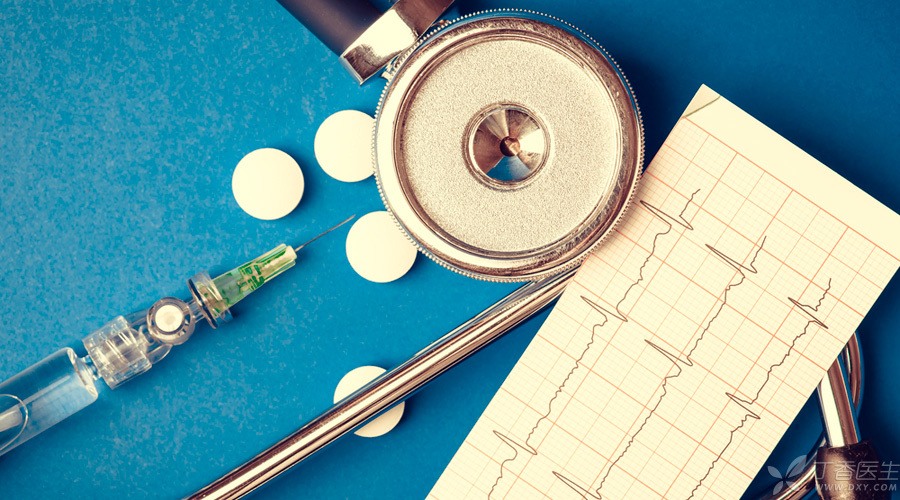
Let’s look at some photos first. Do these old friends know each other?




I think it should be no stranger. They are former Israeli Prime Minister Sharon, British Iron Lady Margaret Thatcher, actor Chen Qiang and writer Shi Tiesheng.
Why do you put them together? Because they have one thing in common-they all died of stroke.
Dr. Clove wants to use this article to talk about the [warning] of stroke.
Stroke is very dangerous, stroke has warning
Stroke, or stroke, is a cerebrovascular accident, mainly including cerebral hemorrhage and cerebral infarction.
No matter at home or abroad, no matter men or women, no matter occupation, stroke is a great health threat facing the whole human race.
China has 2 million new stroke patients every year, ranking second among all diseases in mortality.
Stroke is also the largest disabling disease in China, with less than 20% of patients basically recovering.
Before a stroke, many people may experience a small stroke.
Minor stroke is an alarm bell for patients, but it has been ignored by many people.
Only by paying attention to minor strokes can the body be prevented from being more harmed.
Is it what who suffered a minor stroke?

Some old friends may have experienced minor strokes, while others do not know much about the disease.
Small stroke, scientific name is transient ischemic attack (TIA). Its symptoms are similar to stroke and can be manifested as:
- Face, spat skewed, grin becomes difficult; Lack of strength or numbness in both or one arm; Slurred speech; Visual field defect; Blurred consciousness, dizziness, loss of balance, etc.
However, the duration of these symptoms is very short, usually only a few minutes to tens of minutes.
If the above situation suddenly occurs, pay attention to minor stroke attacks, and be sure to go to the hospital for examination and treatment as soon as possible.
A small stroke is a precursor to a stroke?

Unlike stroke, TIA is completely reversible.
Due to the recovery of cerebral blood supply, most symptoms will disappear completely soon. However, this is also the most important reason why TIA is often neglected.
It should be emphasized that about one third of TIA patients will eventually develop stroke, while 4% ~ 20% of patients will develop stroke within three months after TIA attack.
The stroke probability after TIA can be simply predicted by the following methods.
- Age over 60 years old, plus 1 point; If the blood pressure is more than 140/90 mm Hg, add 1 point; One limb weakness, plus 2 points; Language barrier but no limb weakness, plus 1 point; The duration is 10-59 minutes, plus 1 point; The duration is more than 60 minutes, plus 2 points; Diabetes, plus 1 point.
Low risk: 0 ~ 3 points; Medium risk: 4 ~ 5 points; High risk: above 5 points.
For high-risk patients, there is an 8% ~ 10% probability of stroke within 2 days!
Therefore, after TIA occurs, preventive treatment must be started as soon as possible to minimize the risk of stroke death and disability.
What if a small stroke occurs?

If you or the people around you have the above-mentioned symptoms, don’t hesitate to call the emergency number first.
If there is visual field defect, vertigo or unstable walking, it is better to stay where you are and sit down. Do not walk easily to prevent falls or collisions.
After arriving at the hospital, the doctor may carry out a series of examinations after the inquiry, including head CT or magnetic resonance, cerebral angiography, cardiac color Doppler ultrasound and cervical vertebra artery color Doppler ultrasound, etc.
Therefore, if the doctor has opened a head CT because one arm is unable to go to the hospital, don’t think the doctor is over-examining.
How to prevent it?

For patients with TIA, the most important thing is to prevent stroke in the future.
Stroke and TIA are both cerebrovascular diseases in the final analysis, so reducing vascular high-risk factors is especially critical to prevent TIA patients from developing stroke. The following are some suggestions from doctors.
1. Quit smoking and control weight
These two points are not only helpful for cerebrovascular diseases, but also beneficial for other cardiovascular diseases, tumors and some orthopaedic diseases. Keep your legs open and shut up.
2. Control blood sugar, blood pressure and blood lipid
Avoiding three highs can reduce the risk of stroke. Remember to improve eating habits, exercise properly and use drugs correctly.
It is suggested that the three-high population should go to the hospital regularly for reexamination to understand the disease control.
3. Control basic diseases such as atrial fibrillation
Atrial fibrillation is one of the high risk factors for stroke.
When atrial fibrillation (atrial fibrillation) occurs, blood in the atrium accumulates and may produce thrombus, while the shed thrombus flows to cerebral vessels and may cause stroke.
The stroke probability of patients with atrial fibrillation is 5 ~ 10 times higher than that of ordinary people.
If atrial fibrillation has occurred in the past, it is necessary to consult a doctor in the Department of Cardiology in time. Many patients with atrial fibrillation can effectively reduce the probability of TIA and stroke through standardized treatment such as prevention of platelet aggregation and anticoagulation.
To sum up:
Minor stroke should be regarded as an early warning of stroke.
Although it can fully recover in a short period of time, it must not be ignored.
Be sure to go to the hospital for the doctor to check and take preventive measures in time. Only in this way can we avoid more injuries.
